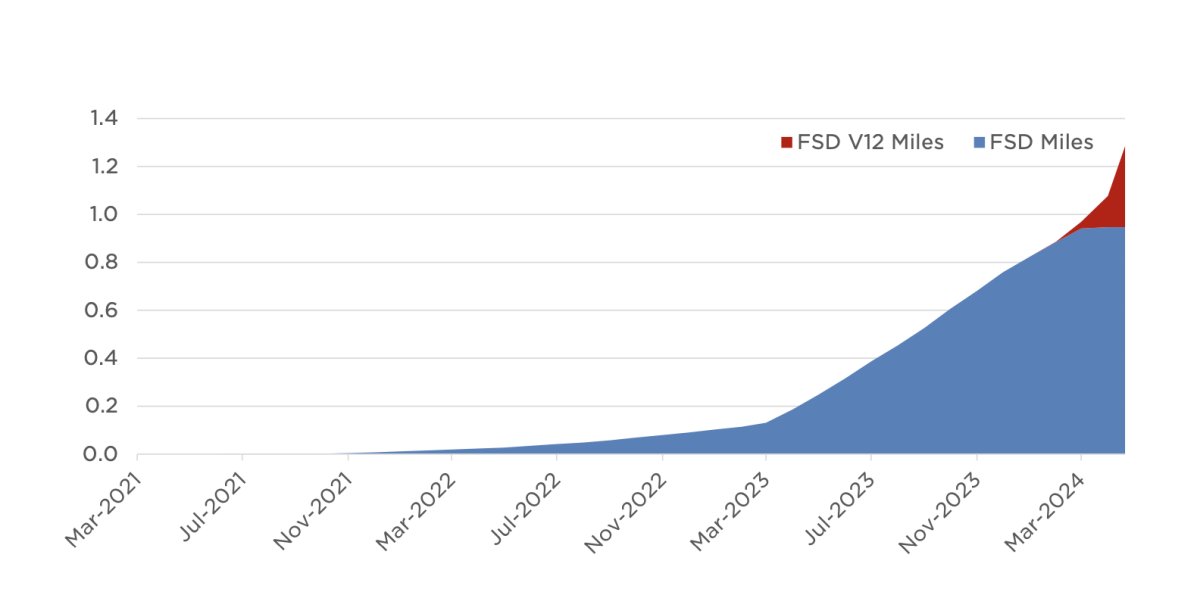F-22Raptor
Elite Member
- Jun 18, 2014
- 19,871
- 23,522
- Country of Origin

- Country of Residence

Source:
NA
NA






Maybe Elon and the team have been so impressed with how good FSD 12 has performed and were maybe thinking they should be shifting even more resources to the Robotaxi/FSD effort.This doesn't mean the $25k car is canceled. Again, they share the same platform.









 electrek.co
electrek.co



Musk added that Tesla now has over 300 million miles that have been driven with FSD v12 since it was launched just last month. He added that it's becoming “very clear that the vision-based approach with end-to-end neural networks is the right solution for scalable autonomy”.





 eletric-vehicles.com
eletric-vehicles.com












